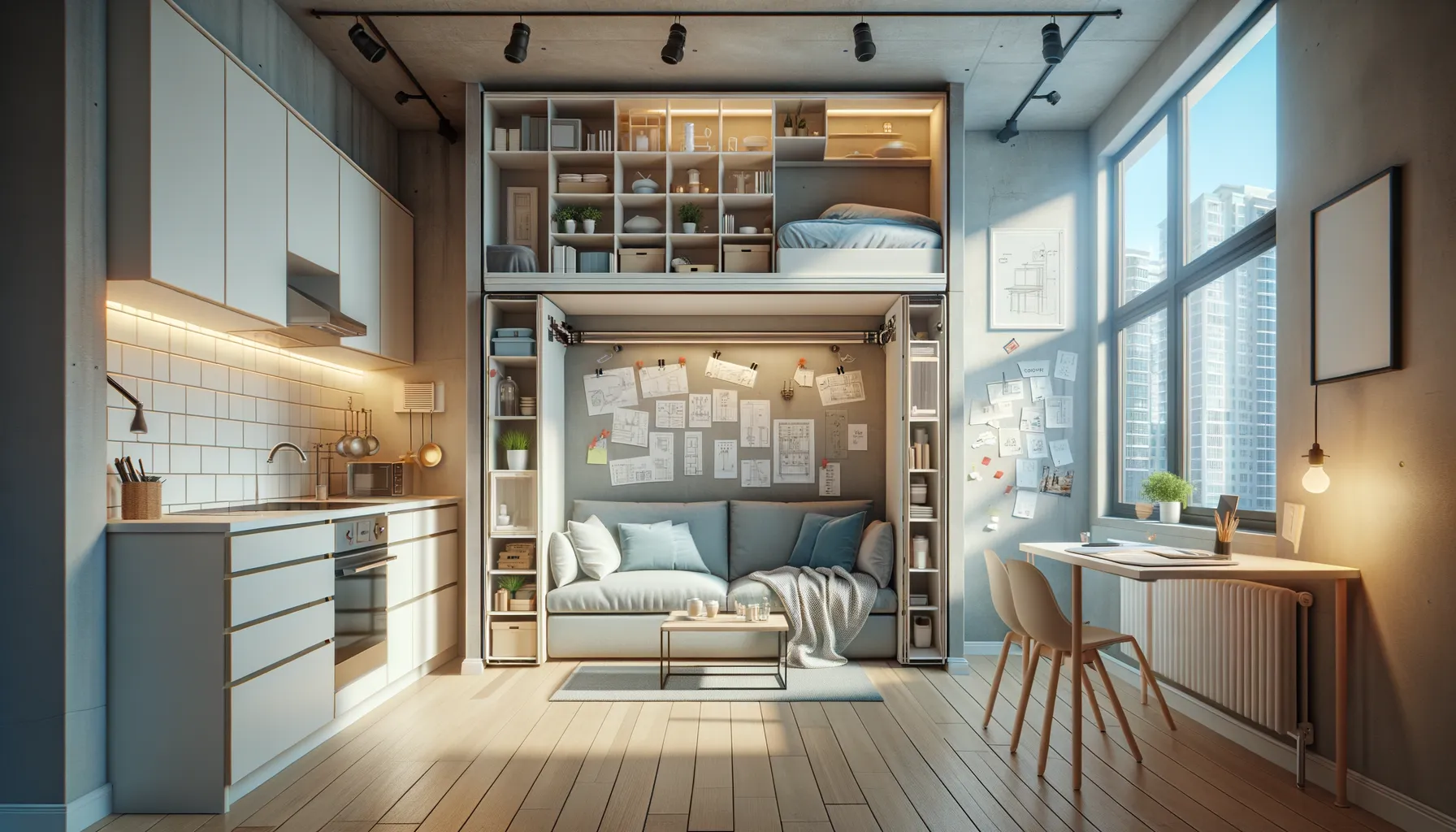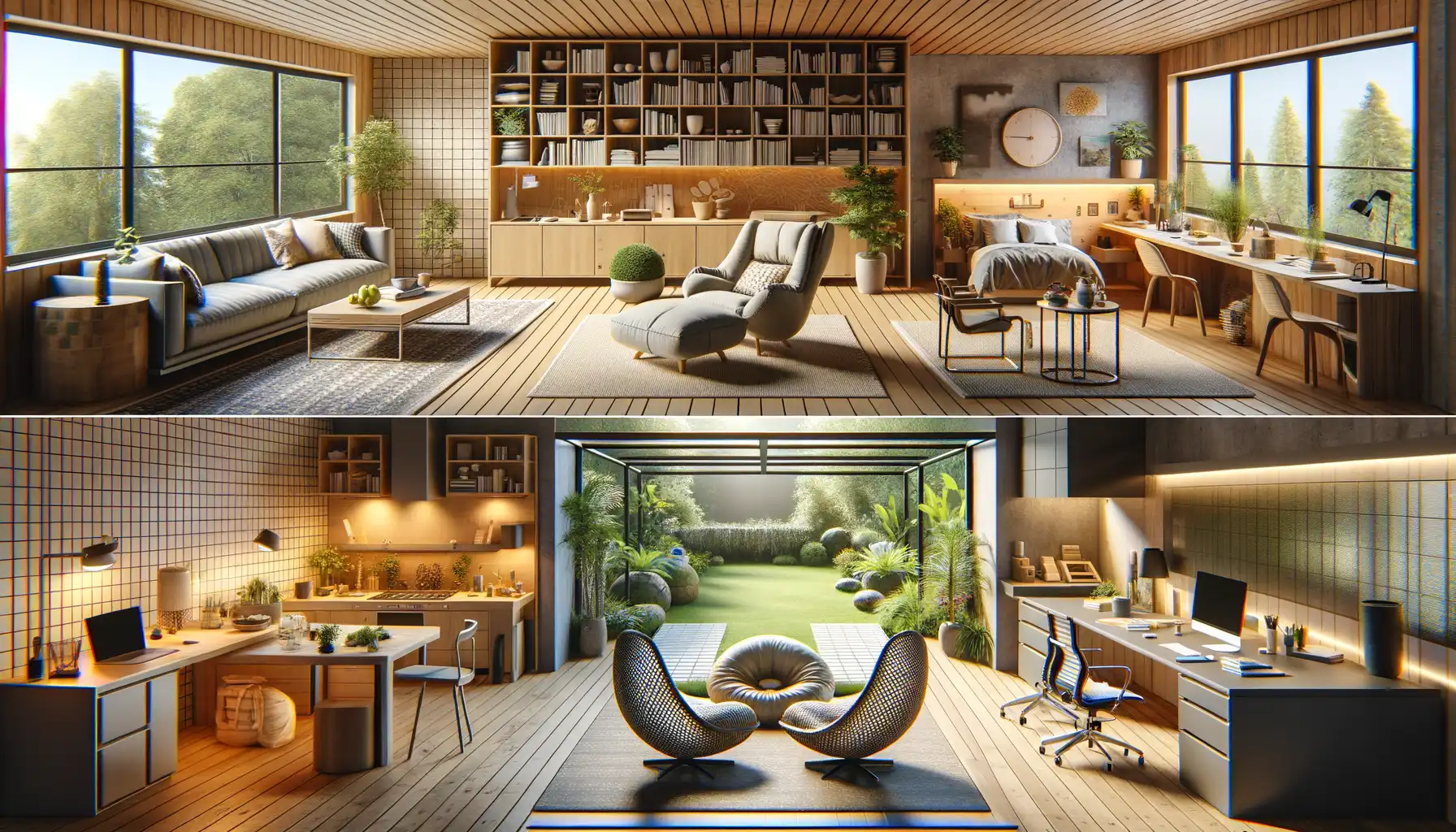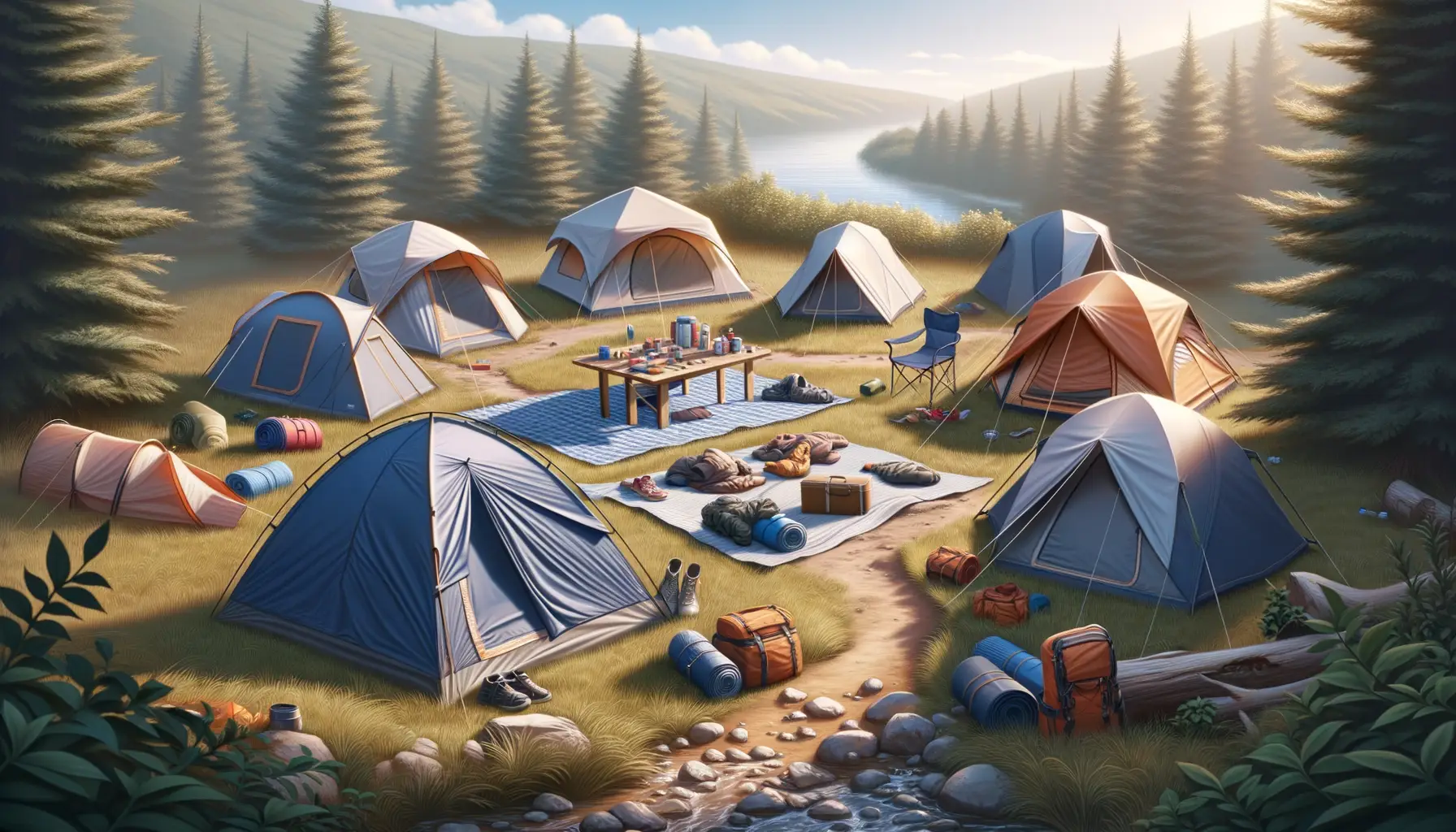Importance of Effective Tent Arrangement
The Secret to a Stress-Free Tent Experience
Picture this: You’re on a camping trip, surrounded by the serenity of nature. But there’s chaos inside your tent—gear scattered everywhere, tripping hazards lurking in every corner, and absolutely no room to breathe. Sound familiar? That’s where the magic of arranging your tent effectively comes into play.
A well-thought-out setup can be the difference between feeling like you’re living a cozy outdoor dream or surviving a logistical nightmare. Imagine having a designated spot for everything—a clear floor to move around, gear within arm’s reach, and even a space to stash muddy boots away from your pristine sleeping bag.
Here’s why it matters:
- Comfort: A clutter-free tent means more room to spread out and actually enjoy downtime.
- Safety: No more fumbling in the dark and tripping over an errant backpack.
- Efficiency: When things are organized, you’ll save precious time (and sanity) looking for that headlamp or water bottle at midnight.
Trust me, once you experience the bliss of a properly arranged tent, going back to the old ways feels impossible—like camping without s’mores!
Key Factors to Consider for Maximizing Space

Think Vertical to Harness Every Inch
When it comes to maximizing space in your tent, think of it as a game of Tetris — every item should have a purpose and a place. Often, we focus only on floor space, but what about the vertical real estate? Utilizing the height of your tent can be a total game-changer. Hang lightweight items like lanterns, organizers, or even jackets on hooks or loops. Invest in stackable storage bins or collapsible shelves to create layers. Trust me, you’ll thank those extra few inches later when you’re not tripping over everything.
Strategic Placement: The Secret Sauce
Here’s where the magic really happens — layout is everything. Picture your tent as a cozy studio apartment. Where do you want the “bedroom”? Place sleeping bags or camping mats along one side, leaving the center open as a communal area. Keep essentials like water bottles and flashlights near the entrance for easy access during the night.
For even more efficiency, divide your space into zones:
- Sleeping Zone: Stick to one section, keeping it clutter-free for ultimate relaxation.
- Storage Zone: A small corner for gear, bags, and shoes (no one loves sandy socks).
- Living Space: Where you sit, chat, or play cards — make it inviting!
Every placement matters, so plan it out like you’re staging your dream tiny home!
Optimal Layouts and Configurations for Different Needs

Design Like a Pro: Tailoring Tent Spaces to Fit Every Purpose
When it comes to tent layouts, there’s no one-size-fits-all solution. Think of your tent as a blank canvas — versatile, flexible, and ready to adapt to whatever masterpiece you have in mind. Whether you’re hosting a cozy family camping trip or a full-blown outdoor event, choosing the right configuration can make or break the experience.
Big group? Go communal. If you’ve got a crowd, consider an open-plan layout with shared sleeping zones on one side and lounging or dining areas on the other. Position bulky gear like backpacks along the periphery to minimize clutter. Pro tip: Set up a “gear hub” near the main entrance to keep essentials handy without tripping over them.
Solo adventurers and couples rejoice! A compact arrangement works wonders here. Opt for space-saving solutions like elevated sleeping cots or collapsible storage. Place your cooking setup just outside the entrance for quick access while maintaining plenty of inside room to stretch out.
- Family configurations: Create distinct zones — think parents on one side, kids on the other, and a shared central space for bonding.
- Event setups: For gatherings, designate separate zones for seating, food, and activities. A good flow = happy guests!
The secret? Treat your tent like a tiny home on the go. Every nook and cranny should be purposeful.
Common Mistakes to Avoid in Tent Arrangement

Overcrowding: When a Tent Feels Like a Sardine Can
Ever tried squeezing too many people into a tent? It’s not just uncomfortable—it’s chaos! One of the most common blunders is underestimating how much space you actually need. Sure, that four-person tent *technically* fits four, but does it account for your backpacks, sleeping bags, and the inevitable pile of shoes? Probably not. Always factor in personal items and movement space. Trust me, you don’t want to feel like you’re playing an awkward game of human Tetris at 2 AM.
And oh, those corridors people forget to leave! Without pathways, tripping over gear becomes a nightly spectacle. Consider setting up clear access lanes between entrances, sleeping areas, and storage spots. Your future self will thank you when nature calls in the middle of the night.
Ignoring Terrain’s Sneaky Tricks
The ground beneath your tent might seem harmless, but ignoring its quirks is a rookie mistake. Setting up on uneven or sloping terrain guarantees restless nights (and maybe sliding downhill in your sleep). And if you misjudge drainage? Hello, soggy socks.
Here are quick tips to avoid ground-related disasters:
- Scan for rocks and roots before pitching.
- Use waterproof tarps, but make sure they don’t extend beyond the tent edges—they’ll funnel rainwater inside!
- Avoid low spots where water pools after rain.
A little effort here makes your arrangement feel like a five-star setup, even in the wilderness!
Tips for Enhancing Comfort and Accessibility

Creating a Cozy Retreat Inside Your Tent
When it comes to comfort, your tent should feel like a second skin—the kind that hugs you warmly after a day of adventure. Start by thinking about the basics: a solid foundation. A poorly placed sleeping pad can turn into a night of tossing and turning, so aim for a flat, debris-free surface before setting up. Layer with a soft rug or mat—it’s an instant game-changer for cold toes on chilly mornings!
Now let’s talk about smart storage. Keep essentials within arm’s reach using hanging organizers or mesh pockets. No one wants to be rummaging in the dark for their flashlight or snacks. And, please, don’t stuff your tent to the brim; a little breathing room makes all the difference when everyone wants space to move.
- Place a LED lantern overhead for a warm, even glow—because harsh light doesn’t do anyone any favors.
- Roll up your sleeping bag during the day to create extra lounging space.
Designing with Accessibility in Mind
Inclusivity matters, even in the great outdoors. If someone in your group has mobility challenges, make sure your tent layout works for them too. Start by creating wide, clutter-free pathways inside the tent—don’t let shoes and gear trip people up. Position beds or cots close to the entrance for ease of access, and choose zippers or closures that slide open smoothly.
Consider this: a clearly marked “essentials corner.” Think first-aid kit, medications, or emergency water. Life happens unexpectedly, and having key items at-the-ready can be a lifesaver, literally.
For family trips, designate roles like “gear master” or “hydration wizard” to keep things running smoothly. After all, every camper deserves to feel included, capable, and, most importantly, part of the adventure.





